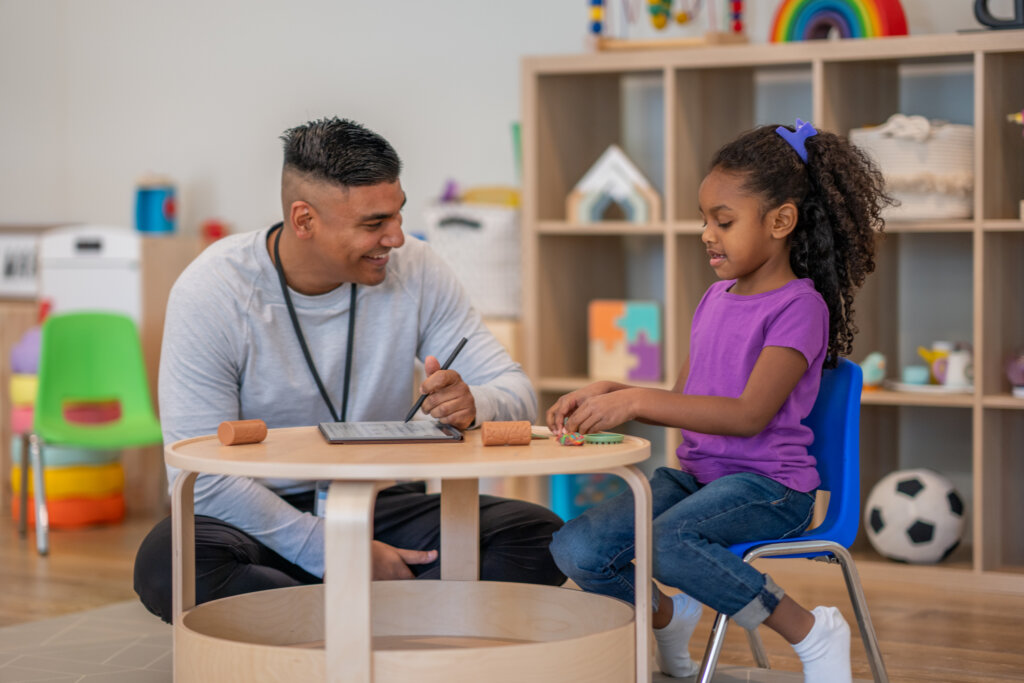It’s inevitable that your child will be involved in a group project at least once this year. Unfortunately, it’s also inevitable that once a group project is assigned, not everyone will do their part, causing stress for all those involved.
In the interest of arriving at a result that everyone can be proud of, here are some tips to prevent and solve the most common problems of group projects and ensure that every group project goes off without a hitch:
Where Should Students Begin When a Group Project is Assigned?
Getting started is often the hardest part, especially if students have not had experience working in a group before. Before students begin any project or assignment, it’s important that all members of the project plan how they’ll work by setting some parameters, such as:
- Assign a project leader: choose someone in the group to help coordinate everyone else and assign roles.
- Contact details (phone numbers and email addresses for all team members).
- Assigning tasks: each group member should be responsible for a particular part of the project and understand their role.
- Meeting schedule (how often team members will get together to work on the project, when and where they’ll meet).
- Set deadlines to keep the project moving along.
All students in the group project should understand their role and the overall objective.
Who Does What in the Project?
Divide and Conquer
Collaboration is key! Students must work together to determine what needs to be done and how to divide the work.
- For instance, if the project is designing a poster, the tasks could be writing the words, developing a design concept, drawing or using a computer to create the poster artwork, getting the poster laminated, creating and writing the presentation of the poster in class, etc.
- Once everyone agrees on all the tasks that need to be accomplished, assign responsibilities.
- Discuss what tasks each person is interested in, and what skills/talents/resources they can bring to the project.
- Divide administrative tasks that no one wants to do among several team members. If someone wants to try something new, partner that person with someone else who has experience. This allows people to develop abilities in the group while still creating a successful project.
- Set a timeline: Work backward from the final deadline and assign deadlines to each team member for completing each task.
- Communicate throughout: create a group chat over email or an app to stay connected, ask questions, and remind group members of timelines.
Once everyone understands their role and the work involved, it’s easy to see how their individual contributions will lead to the final product.
How To Know When the Project is Complete
Bringing the individual elements of the project together into a completed work is the next step. The group leader will
- Contact all members to collect their contributions and bring all elements together.
- The completed project should be shared with all group members for review and editing as needed.
- If presenting the group project in front of the class, the group should gather again to practise the presentation and determine who is saying what.
Once all group members are satisfied with the final product, the group project is ready for the next step.
Presenting the Group Project
Group projects usually involve a presentation element. Public speaking can be daunting for many students, so it’s key to know who is comfortable presenting. Here’s how to divide and conquer when presenting a group project:
- The group leader presents the group project topic and introduces everyone in the group
- Each person presents the key points from their section.
- The group leader presents the project conclusion and asks the class if there are any questions.
- Bonus tip: Use visuals to help make your points! It makes the presentation more dynamic.
Making the Most of Group Projects
TL;DR: While group projects are not every student’s favourite assignment, with these tips, students can manage their group project with ease, ensure all members of the group participate evenly, and get the best mark possible.
- Assign a group leader.
- Evenly divide the work.
- Stay in contact.
- Follow up often.
- Present with ease.
Get Help With Group Projects & Assignments
Help your child build stronger skills in school in all subjects and grades with a personalised learning program at Oxford Learning.
Whether your child is in elementary school or high school, our customized cognitive-based programs help all students develop stronger learning skills for life!
This post was originally published in 2006 and has been updated in 2025.




